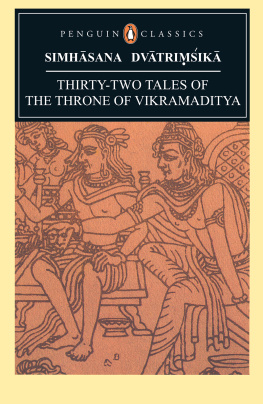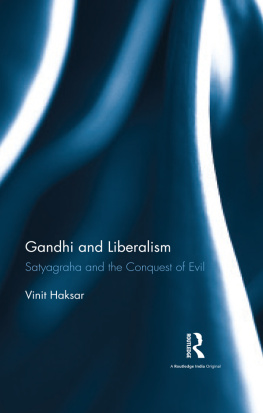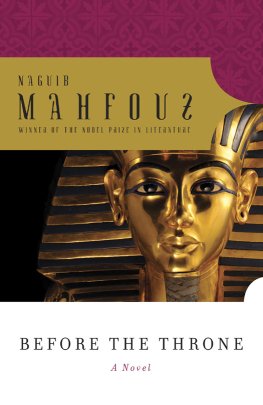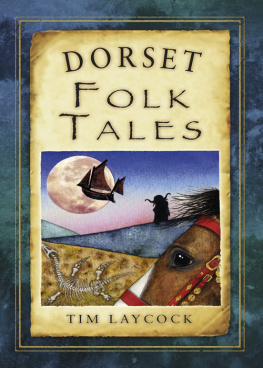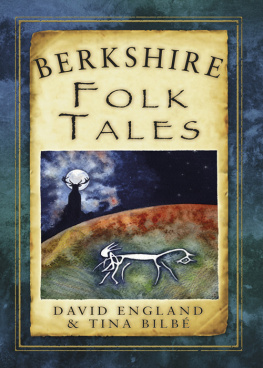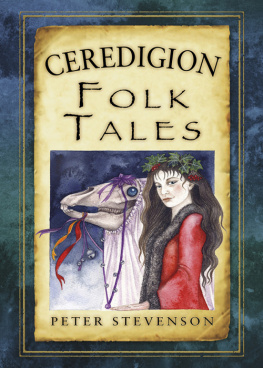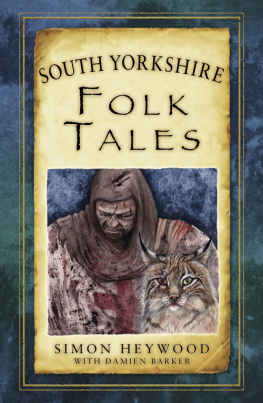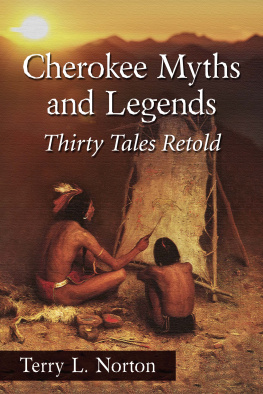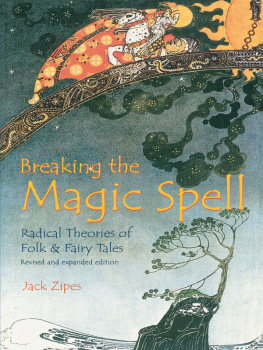Haksar - Simhāsana Dvātriṃśikā: thirty-two tales of the throne of Vikramditya
Here you can read online Haksar - Simhāsana Dvātriṃśikā: thirty-two tales of the throne of Vikramditya full text of the book (entire story) in english for free. Download pdf and epub, get meaning, cover and reviews about this ebook. City: New Delhi, year: 2015;1999, publisher: Penguin Books Ltd;Penguin Books India, genre: Children. Description of the work, (preface) as well as reviews are available. Best literature library LitArk.com created for fans of good reading and offers a wide selection of genres:
Romance novel
Science fiction
Adventure
Detective
Science
History
Home and family
Prose
Art
Politics
Computer
Non-fiction
Religion
Business
Children
Humor
Choose a favorite category and find really read worthwhile books. Enjoy immersion in the world of imagination, feel the emotions of the characters or learn something new for yourself, make an fascinating discovery.
- Book:Simhāsana Dvātriṃśikā: thirty-two tales of the throne of Vikramditya
- Author:
- Publisher:Penguin Books Ltd;Penguin Books India
- Genre:
- Year:2015;1999
- City:New Delhi
- Rating:4 / 5
- Favourites:Add to favourites
- Your mark:
Simhāsana Dvātriṃśikā: thirty-two tales of the throne of Vikramditya: summary, description and annotation
We offer to read an annotation, description, summary or preface (depends on what the author of the book "Simhāsana Dvātriṃśikā: thirty-two tales of the throne of Vikramditya" wrote himself). If you haven't found the necessary information about the book — write in the comments, we will try to find it.
Classic tales of courage and compassion The fabled monarch Vikramaditya is considered a model of kingly virtues, and his reign a golden age. These famous stories narrated by the thirty-two statuettes of nymphs supporting the magic throne of Vikramaditya extol his courage, compassion and extraordinary magnanimity. They are set in a framework recounting the myths of his birth, accession, adventures and death in battle, after which the throne remained concealed till its discovery in a later age. A fascinating mix of marvellous happenings, proverbial wisdom and sage precepts, these popular tales are designed to entertain as well as instruct. Many have passed into folk literature. The original author of the Simhasana Dvatrimsika is unknown. The present text is dated to the thirteenth century AD. It exists in four main recensions, from which extracts have been compiled together for the first time, in this lively and faithful translation of this celebrated classic by a renowned Sanskritist
Haksar: author's other books
Who wrote Simhāsana Dvātriṃśikā: thirty-two tales of the throne of Vikramditya? Find out the surname, the name of the author of the book and a list of all author's works by series.

